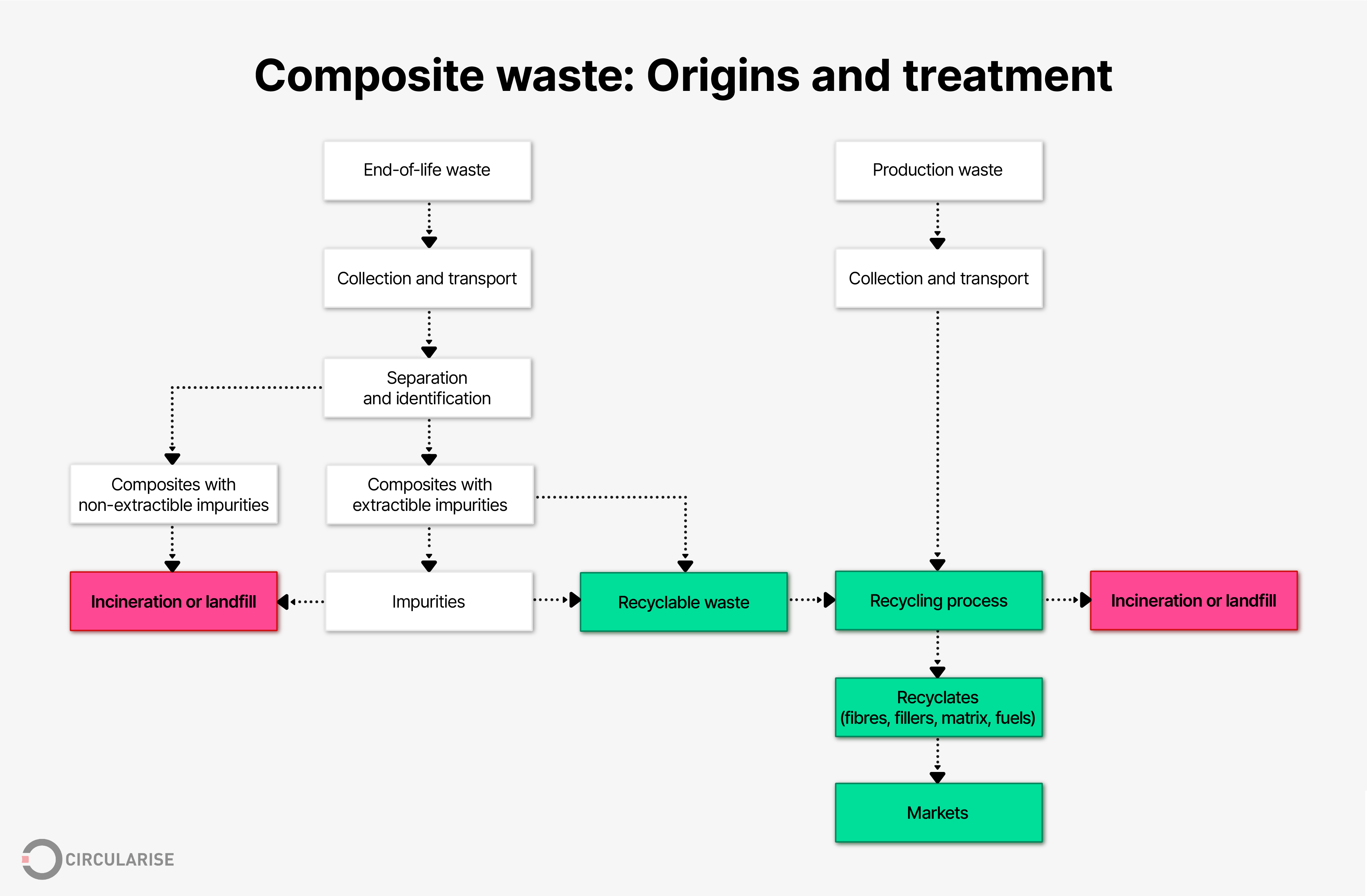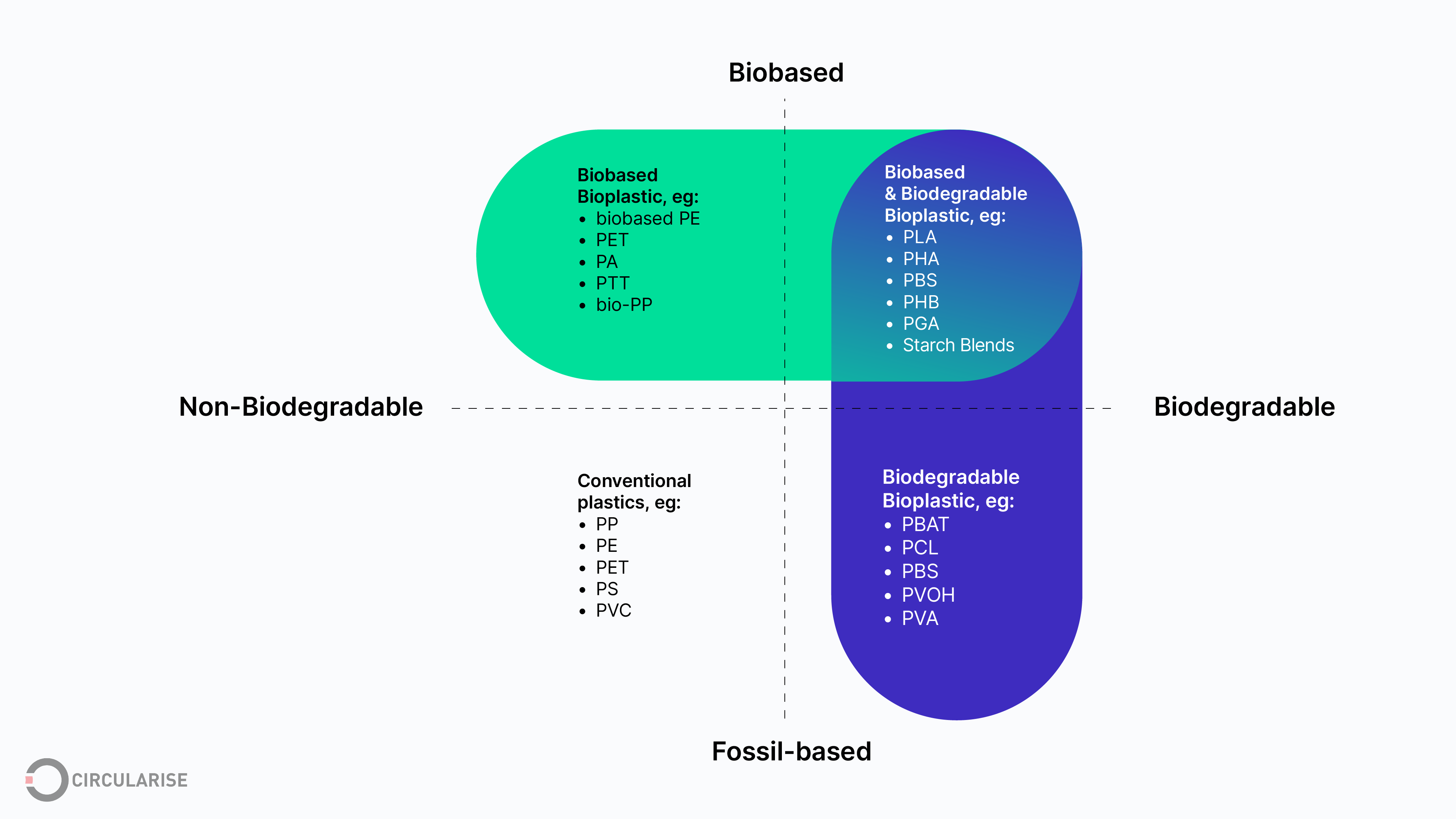Introduction
Regulations from organisations like the FAA, EASA, and ISO are crucial in the aviation industry. They create standards, support consistency, and help with global cooperation. Traceability plays a key role in ensuring compliance with these regulations, as it allows companies to monitor and verify their adherence to established guidelines. Governments and other groups also regulate important areas like waste management, recycling, and product design. By complying with these rules and maintaining traceability, companies prove how responsible and focused on sustainability they are.
How traceability supports regulations in the aviation sector
In today's complex and interconnected world, regulations are vital in ensuring safety, quality, and accountability across various industries. The aviation industry has a complex and demanding supply chain that requires trust and close collaboration among various commercial and regulatory organisations.
Relying heavily on evidence to demonstrate airworthiness, traceability and accurate documentation is necessary for the trust – a crucial factor in ensuring the safety and reliability of the aviation sector. However, aviation regulations focus primarily on ensuring that the installation of aircraft parts returns the aircraft to an airworthy condition, and the sale of aircraft parts is governed by commercial practices with different regulatory obligations, quality concerns, or economic initiatives.

Traceability is required in order to comply with maintenance regulations2 and guarantee that quality standards are upheld, but there are no specific regulations dictating the documentation required to accompany an aircraft part during a commercial transaction. Although the FAA, EASA, and various quality assurance programs have set guidelines to maintain these standards, they are not legally binding, but rather, serve as recommendations. The existing documentation requirements track information such as flight hours, cycles flown, and the remaining life of aircraft and parts.
However, these regulations lack detailed requirements and standardisation, resulting in confusion and time-consuming paperwork. Improving documentation practices for all parts and supplies within the aviation industry is crucial for comprehensive traceability and the success of the circular economy. It could increase trust within the system, reduce administrative burdens, and enable more sustainable supply chains in the aviation industry
Let us delve into specific guidelines and regulations so as to understand how traceability supports compliance. The following regulations emphasise the importance of maintaining accurate records to verify the origin, certification, and maintenance history of aircraft parts and materials – all of which which are key aspects of traceability in the aviation industry.
Federal Aviation Administration (FAA)
The FAA is the regulatory authority for aviation in the United States and is responsible for safety assurance, standardisation across the aviation industry, and compliance and enforcement.
Their AC 20-154 Guide for Developing a Receiving Inspection System for Aircraft Parts and Material3 outlines the process for developing a receiving inspection system for aircraft components and materials. Providing guidance on establishing procedures for inspection, verification, and documentation, the guide emphasises the importance of verifying the quality, conformance, and traceability of received parts and materials, as well as maintaining proper records.
While the term "traceability" is not explicitly used, here are some key sections that clearly demonstrate the need for traceability:
- Section 6 - Inspection Procedures: The need for inspection procedures to ensure that the parts and materials received conform to the applicable specifications, drawings, or other relevant data is discussed here. It also highlights the need to verify the traceability of parts and materials by checking their documentation, such as certifications, test reports, and other records.
- Section 7 - Documentation: This section emphasises the importance of maintaining proper documentation for the receiving inspection system, which includes records of the inspection results, certifications, test reports, and other relevant data. These records help to demonstrate the traceability of parts and materials, and ensure that they meet the required quality and safety standards.
- Section 10 - Rejected Parts and Materials: Outlining the procedures for handling rejected parts and materials, this section includes the need to maintain records of the reasons for rejection and any subsequent actions taken. This information is crucial for preventing the use of non-conforming parts in aircraft maintenance and repairs.
European Union Aviation Safety Agency (EASA)
EASA is the regulatory authority for aviation safety in the European Union. Its requirements serve as a foundation for harmonised and consistent regulations among member states. It also provides streamlined certification and compliance processes that help enhance safety in aviation.
EASA traceability requirements relate to the continuing airworthiness of aircraft and aeronautical products, parts, and appliances, and maintenance organisation approvals, and can be found in the following parts of the EU Commission Regulation (EU) No 1321/2014.4
Part-M (Annex I):
- M.A.305: The requirements for aircraft continuing airworthiness records are listed here, including the need to retain detailed maintenance records, life-limited parts records, and any other relevant information that may affect the aircraft configuration.
Part-145 (Annex II):
- 145.A.42: The need for an Acceptable Means of Compliance (AMC) to ensure that the parts and materials used in maintenance are traceable is addressed here. It requires the maintenance organisation to establish procedures that can verify the traceability of parts and materials back to their approved sources.
- 145.A.50: The requirements for certification of maintenance are covered here, including the need to maintain records that demonstrate the traceability of parts and materials used during maintenance.
International Organisation for Standardisation (ISO)
ISO develops and publishes international standards across various industries for global consistency, higher efficiency and effectiveness, and helps to facilitate international collaboration.
In the aviation industry, the ISO has developed specific standards that address quality management systems and traceability requirements. One of the most relevant standards is ISO/AS 9100D5, which is based on ISO 9001, but includes additional, stringent requirements specific to the aerospace sector and defence organisations.
- Clause 8.1.4 - Traceability: Organisations are required to establish and maintain documented procedures for traceability. This includes the unique identification of products and their status throughout the product lifecycle. The traceability requirements apply to all products that have safety, regulatory, or customer requirements for traceability.
- Clause 8.5.1.3 - Control of Production Process Changes: This clause emphasises the need for traceability when making changes to production processes. Records of changes, including the person authorising the change, the description of the change, and the affected processes or products must be maintained.
- Clause 8.5.2 - Identification and Traceability: Products must be identified, with traceability records maintained throughout the product lifecycle. This clause also specifies that organisations should implement measures to prevent the unintended use of non-conforming products.
Traceability in a circular economy
The circular economy aims to move away from the traditional linear model of “take-make-dispose”. Instead, it focuses on a regenerative and sustainable approach. It emphasises the reduction, reuse, recycling, and recovery of materials to create a closed-loop system.
In order to understand if a product is truly sustainable, you need to have access to all sorts of data, such as the origin of its materials, who handled the materials and how, its manufacturing process, its energy consumption, the recyclability of its parts, how its carbon footprint is calculated, and much more. This can be achieved through comprehensive traceability, which provides the ability to track and monitor the journey of products, materials, and resources throughout their lifecycle.
In the context of the circular economy, traceability is a crucial element, since it can be a catalyst for sustainable practices within a circular economy, and help drive positive environmental impact. It enables the following:
- Supply chain transparency: Traceability provides transparency throughout the supply chain, allowing stakeholders to understand the origin, composition, and environmental impact of products and materials. This transparency facilitates responsible sourcing and promotes sustainable decision-making.
- Material and product lifecycle management: By implementing supply chain traceability, businesses can effectively track and manage the lifecycle of materials and products. This includes monitoring the use, reusability, and recyclability of resources, ensuring optimal resource utilisation and minimising waste generation.
- Quality control and safety: Traceability ensures that materials and products meet stringent quality and safety standards, enabling the identification and removal of defective or hazardous components. Therefore, this also reduces the risk of harm to consumers and the environment.
- Circular supply chain optimisation: Traceability helps companies to identify circular economy opportunities for material recapture, recycling, and reintroduction into the production cycle. This enables resource efficiency, reduces dependence on virgin materials, and minimises environmental impact.
Conclusion
Industry standards and regulations are essential and unavoidable in the aviation industry. They establish quality controls, promote standardisation, and foster global collaboration. Governments and other governing standards entities can set also regulate important industrial aspects such as waste management, recycling, and product design. Compliance with regulations can ensure that responsible practices are being followed.
With a growing focus on sustainability and resource efficiency, embracing traceability is a significant step in unlocking the potential of the circular economy. The shift to the circular economy encourages innovation, promotes transparency, and helps to preserve resources – supporting a more sustainable future.
Circularise provides blockchain-based traceability solutions such as Smart Questioning and digital product passports that give companies all the benefits of transparency without compromising sensitive data.

Circularise is the leading software platform that provides end-to-end traceability for complex industrial supply chains. We offer two traceability solutions: MassBalancer to automate mass balance bookkeeping and Digital Product Passports for end-to-end batch traceability.














